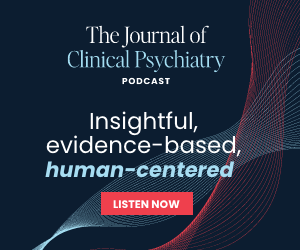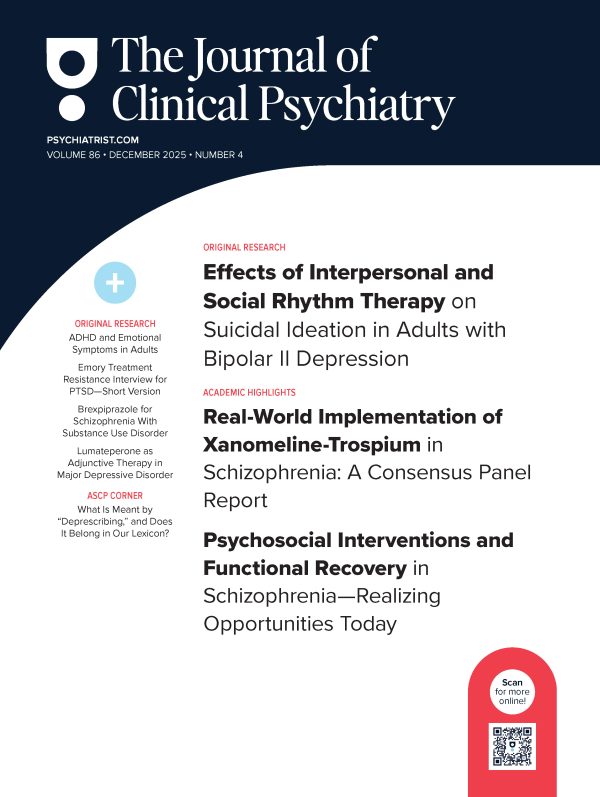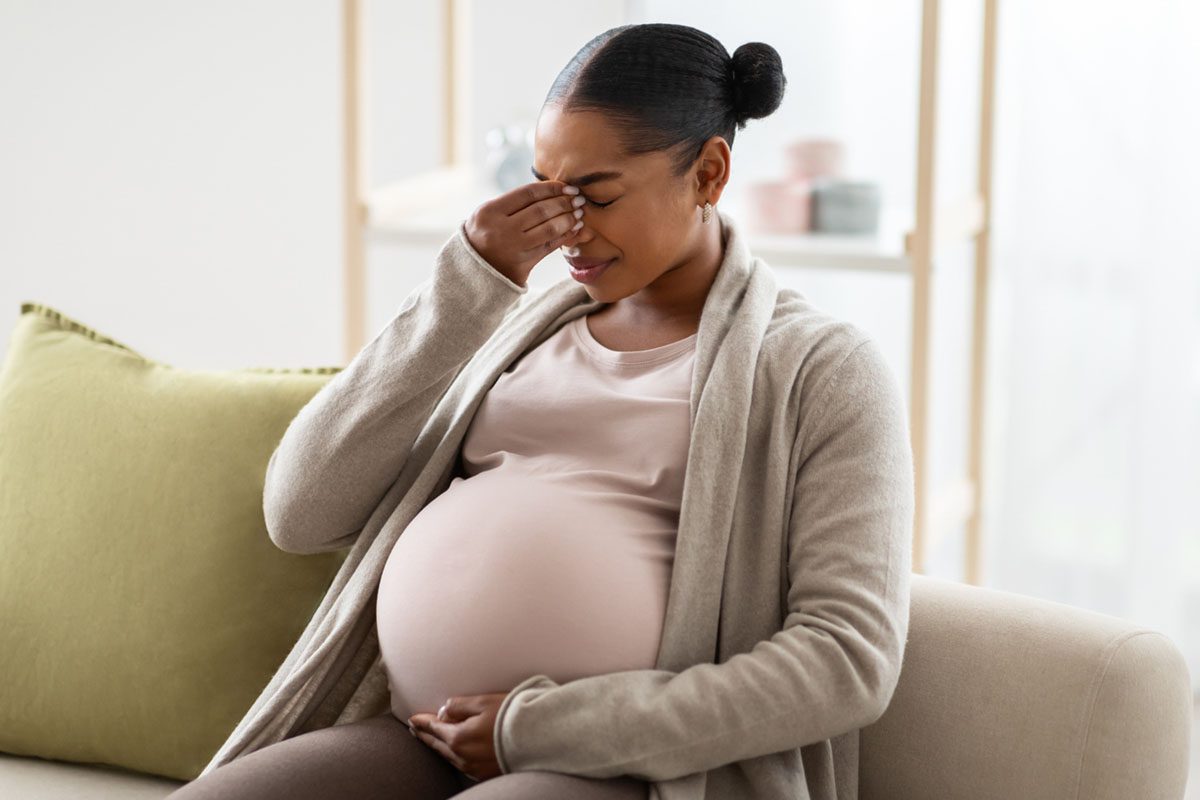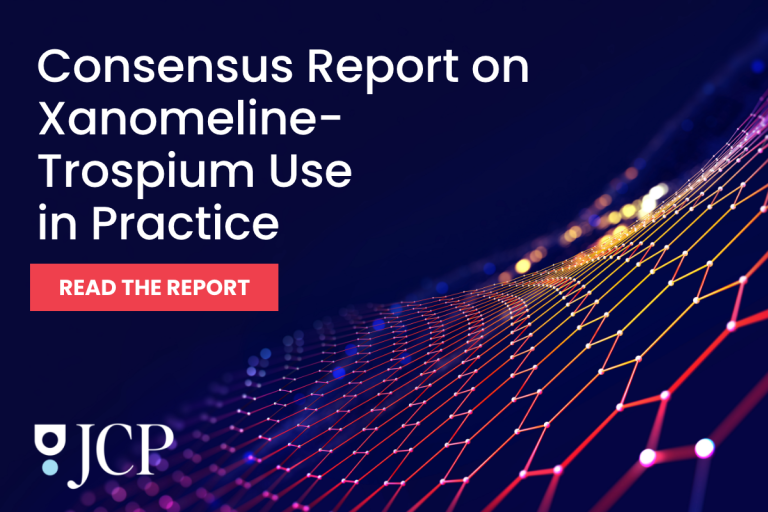Abstract
Objective: To evaluate the relationship between a predelivery history of concussion and risk of severe maternal mental illness.
Methods: We conducted a population based cohort study of birthing people with a singleton livebirth accrued between 2007 and 2017 with follow-up to 2021 in Ontario, Canada. The primary outcome was severe maternal mental illness, defined as a psychiatric emergency department visit, psychiatric hospital admission, or self-harm or suicide in the 14 years after delivery. Cox proportional hazards regression generated adjusted hazard ratios (aHRs) and 95% confidence intervals (CIs) comparing those with a history of a health care encounter for concussion between database inception and the index delivery date to those without a recorded health care encounter for concussion, adjusted for maternal age, parity, neighborhood income quintile, rural residence, immigration status, chronic conditions, history of interpersonal violence, and history of mental illness. Results were also stratified by history of mental illness.
Results: There were n = 18,064 birthing people with a history of concussion and n = 736,689 without a history of concussion. Those with a history of concussion had an increased risk of severe maternal mental illness compared to those without this history (14.7 vs 7.9 per 1,000 person-years; aHR 1.25, 95% CI, 1.20–1.31). After stratification by predelivery history of mental illness, the association was strongest in individuals with no mental illness history (aHR 1.33, 95% CI, 1.23–1.44).
Conclusion: These findings indicate the need for early identification and screening of birthing people with a history of concussion, as well as ongoing long-term supports using trauma informed approaches to prevent adverse psychiatric outcomes.
J Clin Psychiatry 2024;85(4):24m15373
Author affiliations are listed at the end of this article.
Members Only Content
This full article is available exclusively to Professional tier members. Subscribe now to unlock the HTML version and gain unlimited access to our entire library plus all PDFs. If you’re already a subscriber, please log in below to continue reading.
References (45)

- Abel KM, Hope H, Swift E, et al. Prevalence of maternal mental illness among children and adolescents in the UK between 2005 and 2017: a national retrospective cohort analysis. Lancet Public Health. 2019;4(6):e291–e300. PubMed CrossRef
- Viron MJ, Stern TA. The impact of serious mental illness on health and healthcare. Psychosomatics. 2010;51(6):458–465. PubMed CrossRef
- Grigoriadis S, VonderPorten EH, Mamisashvili L, et al. The impact of maternal depression during pregnancy on perinatal outcomes: a systematic review and meta-analysis. J Clin Psychiatry. 2013;74(4):e321–e341. PubMed CrossRef
- Pierce M, Hope HF, Kolade A, et al. Effects of parental mental illness on children’s physical health: systematic review and meta-analysis. Br J Psychiatry. 2020;217(1):354–363. PubMed CrossRef
- Barker LC, Kurdyak P, Fung K, et al. Postpartum psychiatric emergency visits: a nested case-control study. Arch Womens Ment Health. 2016;19(6):1019–1027. PubMed CrossRef
- Clark SL, Belfort MA, Dildy GA, et al. Emergency department use during the postpartum period: implications for current management of the puerperium. Am J Obstet Gynecol. 2010;203(1):38.e1–38.e6. PubMed CrossRef
- Liu X, Wang S, Wang G. Prevalence and risk factors of postpartum depression in women: a systematic review and meta-analysis. J Clin Nurs. 2022;31(19–20):2665–2677. PubMed CrossRef
- Lancaster CA, Gold KJ, Flynn HA, et al. Risk factors for depressive symptoms during pregnancy: a systematic review. Am J Obstet Gynecol. 2010;202(1):5–14. PubMed CrossRef
- Zhao XH, Zhang ZH. Risk factors for postpartum depression: an evidence-based systematic review of systematic reviews and meta-analyses. Asian J Psychiatr. 2020;53:102353. PubMed CrossRef
- Grigoriadis S, Wilton AS, Kurdyak PA, et al. Perinatal suicide in Ontario, Canada: a 15-year population-based study. CMAJ. 2017;189(34):E1085–E1092. PubMed CrossRef
- Rice SM, Parker AG, Rosenbaum S, et al. Sport-related concussion and mental health outcomes in elite athletes: a systematic review. Sports Med. 2018;48(2):447–465. PubMed CrossRef
- Gornall A, Takagi M, Morawakage T, et al. Mental health after paediatric concussion: a systematic review and meta-analysis. Br J Sports Med. 2021;55(18):1048–1058. PubMed CrossRef
- Ledoux AA, Webster RJ, Clarke AE, et al. Risk of mental health problems in children and youths following concussion. JAMA Netw Open. 2022;5(3):e221235. PubMed CrossRef
- Wilder JH, Gupta SS, Kelly GC, et al. Examining the relationship between mild traumatic brain injuries and development of mental illness disorders in a mid-term follow-up period. Am J Phys Med Rehabil. 2022;101(12):1117–1121. PubMed CrossRef
- Izzy S, Tahir Z, Grashow R, et al. Concussion and risk of chronic medical and behavioral health comorbidities. J Neurotrauma. 2021;38(13):1834–1841. PubMed CrossRef
- Fralick M, Thiruchelvam D, Tien HC, et al. Risk of suicide after a concussion. CMAJ. 2016;188(7):497–504. PubMed CrossRef
- Sussman ES, Pendharkar AV, Ho AL, et al. Mild traumatic brain injury and concussion: terminology and classification. Handb Clin Neurol. 2018;158:21–24. PubMed CrossRef
- Hoge CW, McGurk D, Thomas JL, et al. Mild traumatic brain injury in U.S. soldiers returning from Iraq. N Engl J Med. 2008;358(5):453–463. PubMed CrossRef
- Mollayeva T, Mollayeva S, Colantonio A. The risk of sleep disorder among persons with mild traumatic brain injury. Curr Neurol Neurosci Rep. 2016;16(6):55. PubMed
- Hou X, Zhang Y, Fei X, et al. Sports-related concussion affects cognitive function in adolescents: a systematic review and meta-analysis. Am J Sports Med. 2023;51(13):3604–3618. PubMed CrossRef
- Mantey DS, Omega-Njemnobi O, Barroso CS, et al. Self-reported history of concussions is associated with risk factors for suicide completion among high school students. J Affect Disord. 2020;263:684–691. PubMed CrossRef
- Colantonio A, Mar W, Escobar M, et al. Women’s health outcomes after traumatic brain injury. J Womens Health (Larchmt). 2010;19(6):1109–1116. PubMed
- Landon J, Shepherd D, Stuart S, et al. Hearing every footstep: noise sensitivity in individuals following traumatic brain injury. Neuropsychol Rehabil. 2012;22(3):391–407. PubMed CrossRef
- Shepherd D, Landon J, Kalloor M, et al. The association between health-related quality of life and noise or light sensitivity in survivors of a mild traumatic brain injury. Qual Life Res. 2020;29(3):665–672. PubMed CrossRef
- Bramley H, Henson A, Lewis MM, et al. Sleep disturbance following concussion is a risk factor for a prolonged recovery. Clin Pediatr (Phila). 2017;56(14):1280–1285. PubMed CrossRef
- Krueger S. History of Concussion and Risk of Serious Maternal Mental Illness: A Population-based Retrospective Cohort Study. Thesis. University of Toronto; 2023.
- Ontario. Personal Health Information Protection Act. C.3, Sched. A; 2004.
- Burton N, Bennett N. Meeting the needs of uninsured women: informed choice, choice of birthplace and the work of midwives in Ontario. Women’s Health Urban Life. 2013;12:23–44.
- Zemek RL, Grool AM, Rodriguez Duque D, et al. Annual and seasonal trends in ambulatory visits for pediatric concussion in Ontario between 2003 and 2013. J Pediatr. 2017;181:222–228.e2. PubMed CrossRef
- Langer L, Levy C, Bayley M. Increasing incidence of concussion: true epidemic or better recognition? J Head Trauma Rehabil. 2020;35(1):E60–E66. PubMed CrossRef
- Johns Hopkins Bloomberg School of Public Health. The Johns Hopkins ACG® system: excerpt from technical reference guide version 9.0. 2009.
- Austin PC. Using the standardized difference to compare the prevalence of a binary variable between two groups in observational research. Commun Stat - Simul Comput. 2009;38(6):1228–1234.
- Pluym ID, Holliman K, Afshar Y, et al. Emergency department use among postpartum women with mental health disorders. Am J Obstet Gynecol MFM. 2021;3(1):100269. PubMed CrossRef
- Ng’andu NH. An empirical comparison of statistical tests for assessing the proportional hazards assumption of Cox’s model. Stat Med. 1997;16(6):611–626. PubMed
- Vigod SN, Brown HK, Huang A, et al. Postpartum mental illness during the COVID 19 pandemic: a population-based, repeated cross-sectional study. CMAJ. 2021;193(23):E835–E843. PubMed CrossRef
- VanderWeele TJ, Ding P. Sensitivity analysis in observational research: introducing the E-value. Ann Intern Med. 2017;167(4):268–274. PubMed CrossRef
- Hostetter TA, Hoffmire CA, Forster JE, et al. Suicide and traumatic brain injury among individuals seeking veterans health administration services between fiscal years 2006 and 2015. J Head Trauma Rehabil. 2019;34(5):E1–E9. PubMed CrossRef
- Choe MC. The pathophysiology of concussion. Curr Pain Headache Rep. 2016;20(6):42. PubMed CrossRef
- Ma HP, Chen PS, Wong CS, et al. Psychometric evaluation of anxiety, depression, and sleep quality after a mild traumatic brain injury: a longitudinal study. Behav Neurol. 2019;2019:4364592. PubMed CrossRef
- Marsh NV. Cognitive functioning following traumatic brain injury: the first 5 years. NeuroRehabilitation. 2018;43(4):377–386. PubMed CrossRef
- Kennedy RE, Livingston L, Riddick A, et al. Evaluation of the Neurobehavioral Functioning Inventory as a depression screening tool after traumatic brain injury. J Head Trauma Rehabil. 2005;20(6):512–526. PubMed CrossRef
- Rapoport MJ, McCullagh S, Shammi P, et al. Cognitive impairment associated with major depression following mild and moderate traumatic brain injury. J Neuropsychiatry Clin Neurosci. 2005;17(1):61–65. PubMed CrossRef
- Nordenswan E. The Interplay Between Maternal Executive Functioning and Psychological Risk Factors in the Context of Early Caregiving Behavior: Findings from the FinnBrain Birth Cohort Study. Åbo Akademi University; 2022.
- Lawson A, Murphy KE, Sloan E, et al. The relationship between sleep and postpartum mental disorders: a systematic review. J Affect Disord. 2015;176:65–77. PubMed CrossRef
- Gerber MR. Trauma-informed maternity care. In: Trauma-Informed Healthcare Approaches. Springer; 2019.






